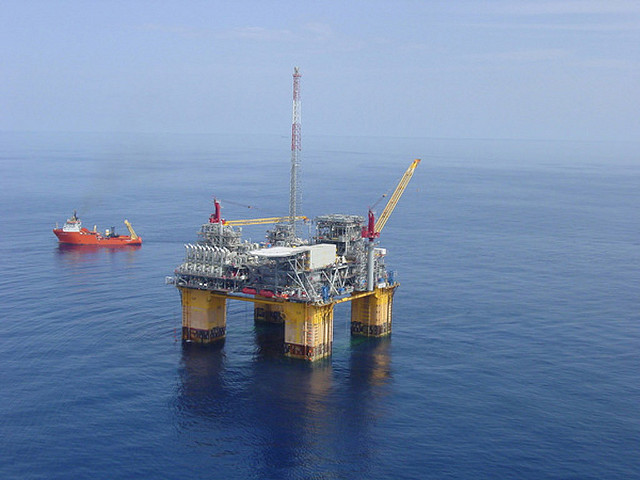In mid-July, domestic oil production hit 11 million bbls. a day for the first time ever, according to U.S. Department of Energy estimates.
The increase in production, combined with a spike in U.S. crude oil inventories of 5.8 million bbls. due to rising imports and falling exports, should have had a negative effect on oil prices. When combined with a projected fall in global demand, that is exactly what happened.
The international Brent crude oil benchmark finished just short of correction territory on July 16, underlining a sharp reversal for oil in recent weeks, according to Mark DeCambre at MarketWatch. Meanwhile, the U.S. benchmark, West Texas Intermediate, settled at $68.06 bbl., down 4.2%, close to correction territory. The mid-July slump for crude comes amid growing demand concerns. International Monetary Fund data predicts a slowdown in global economic growth, which could depress oil demand.
Despite this, the U.S. is gearing up for dramatic increases in oil and gas production and exports. The latest estimate from Enterprise Products Partners, a provider of midstream energy services, calls for growth of nearly one third in U.S. production, to 13 million bbls. of oil per day by 2022. This is based primarily on increased production in the prolific Permian Basin.
The vast majority of this oil will be exported through the Texas Gulf Coast. That is where Enterprise is planning to build a new offshore terminal in an effort to overcome current VLCC loading restrictions. These restrictions were illustrated in Enterprise’s first loading of a VLCC at its Texas City, Texas, terminal. Due to draft restrictions, Enterprise could only load the two-million-barrel-capacity vessel about halfway. Plans for the new terminal, to be fed by pipelines from shore, call for a loading capability of 85,000 bbls. of oil per hour, making it possible to fill a two-million-barrel VLCC to capacity in just 24 hours.
Combined with a new wave of intrastate pipeline systems whose completions begin in 2019, the new export transport and loading systems should be smooth sailing.
Increasing exports of oil and gas from the U.S. could bode well for offshore tug activity in the Gulf of Mexico but additional export capacity through offshore pipelines feeding loading loops could curtail some lightering activities. It’s a bit early to estimate the net impact.





